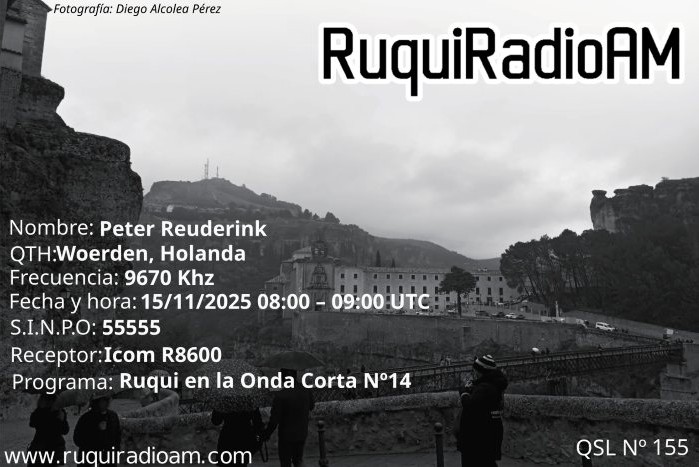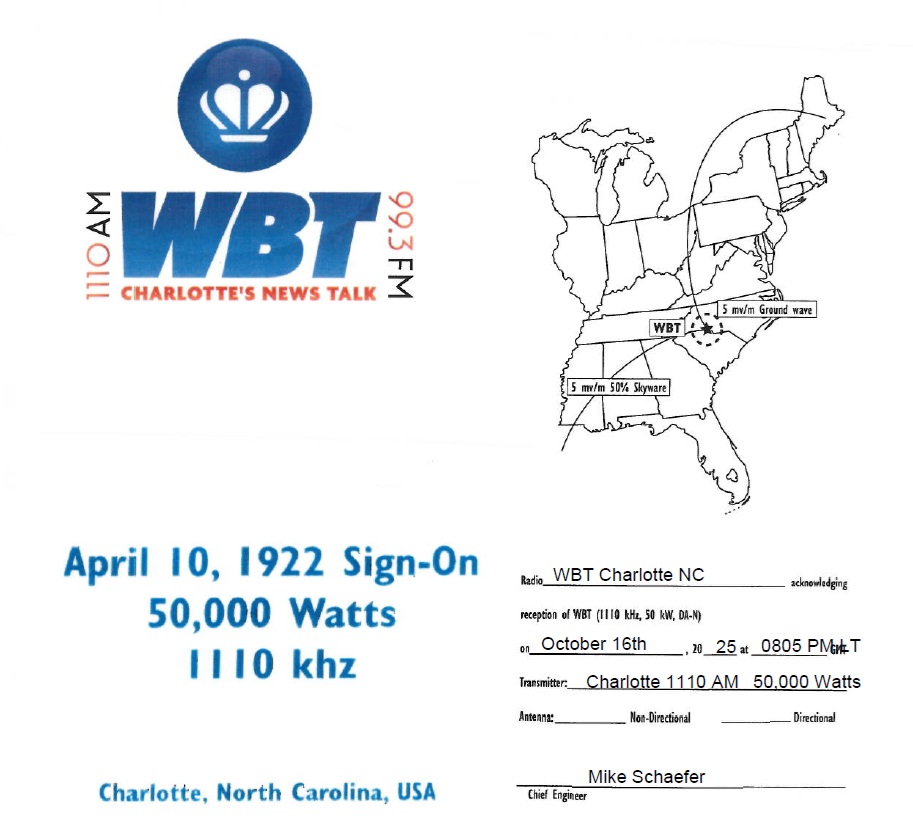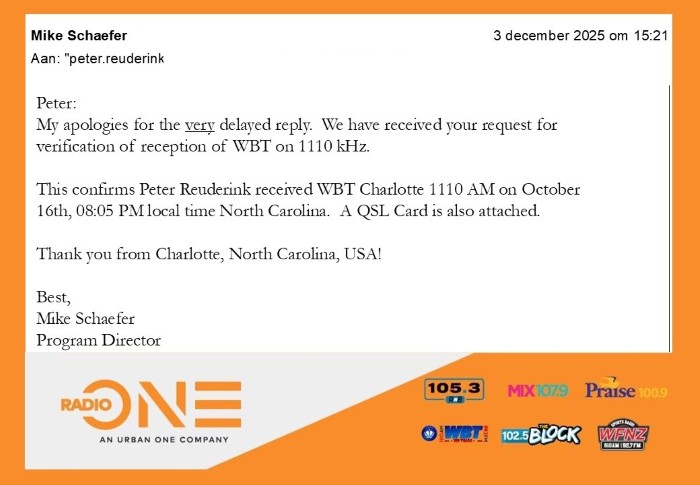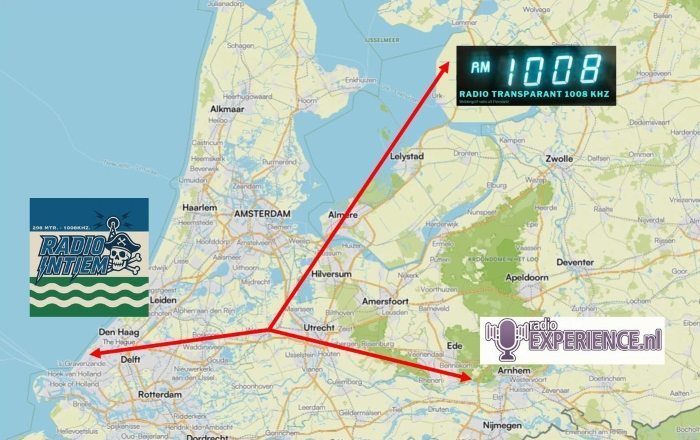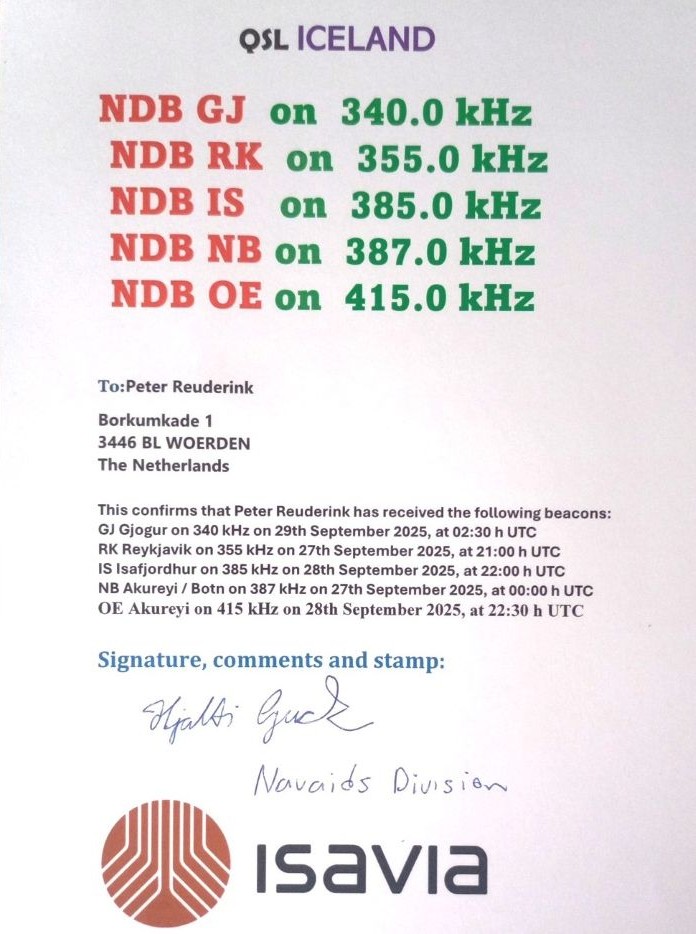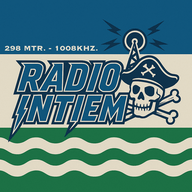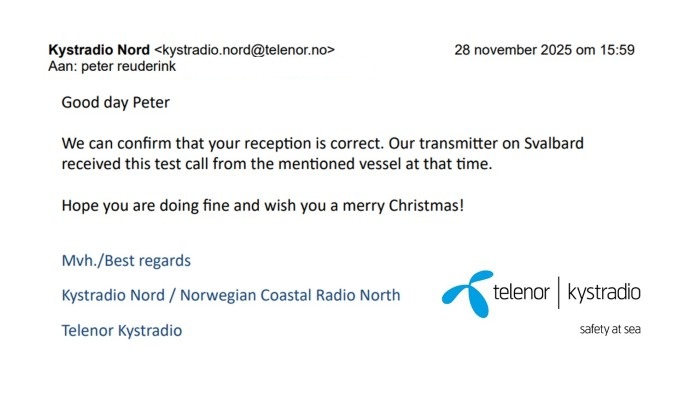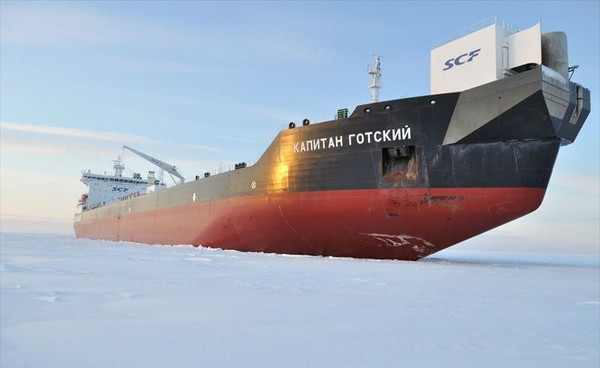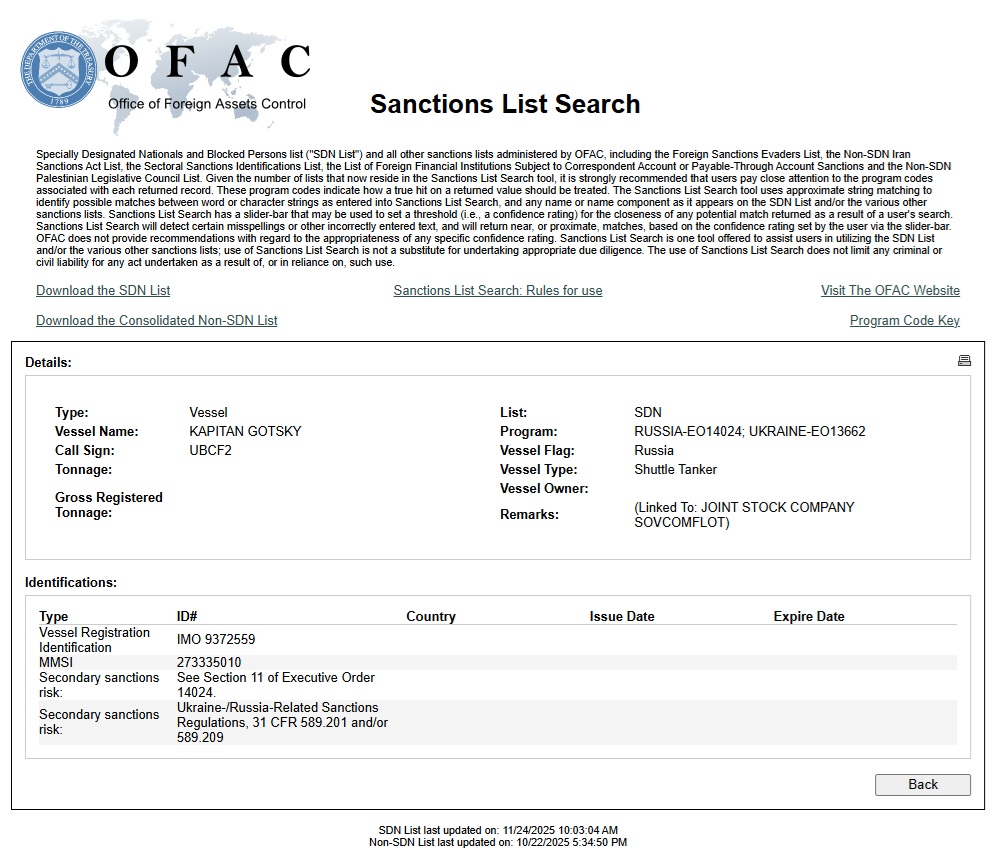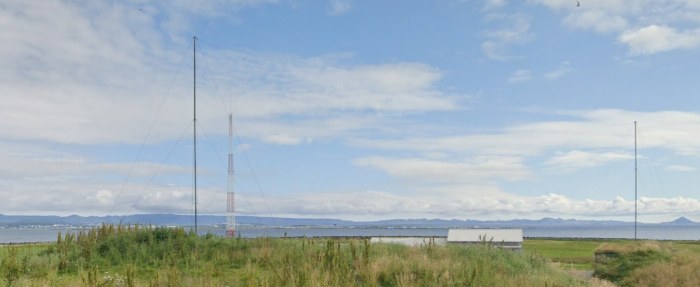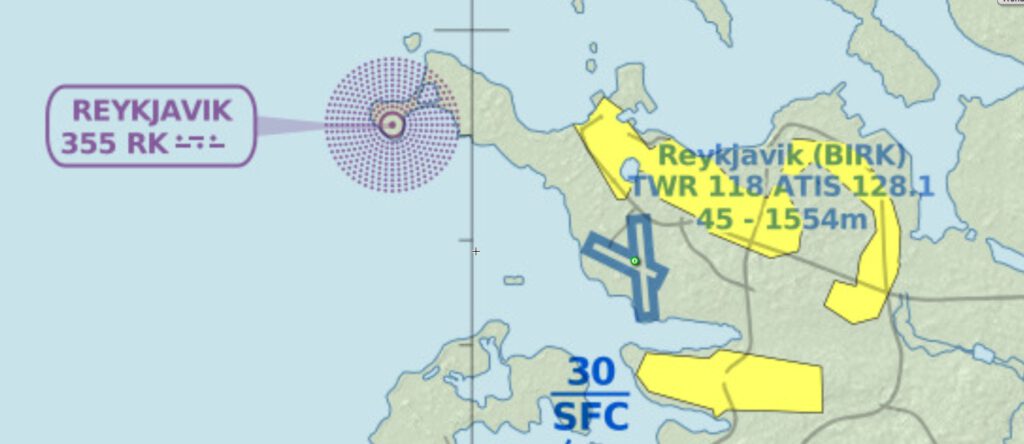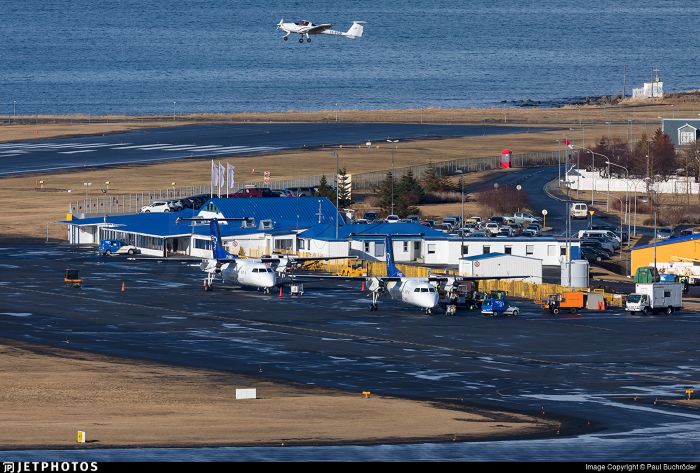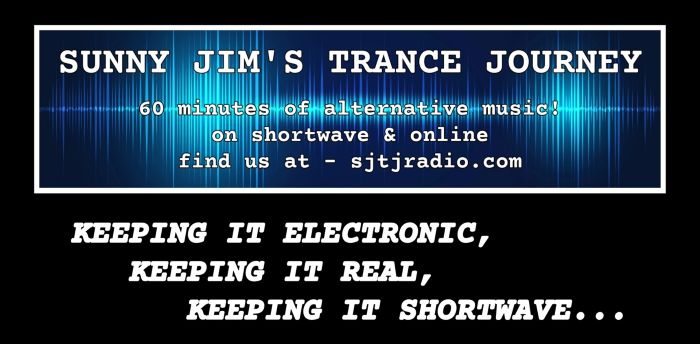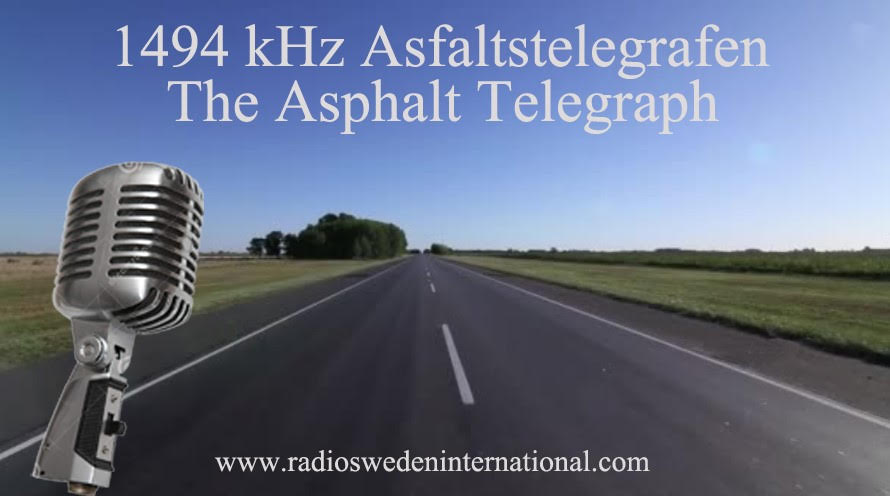
Asfalt Telegrafen is a hobby station that received a temporary license to broadcast on 1494 kHz every year around New Year’s Eve. That was all there was to it for this friendly station. But on the Asfalt Telegrafen website, I read that they received a new frequency, 1440 AM:
November 27, 2025:
After three requests, we have finally received a new frequency from PTS, the Swedish postal and telecommunications company, namely 1440 kHz = 208.3 meters on the medium wave band.
And the Arctic DX Club now reports the following via SDXF:
We have fantastic news: thanks to a generous offer from Torleif Roos, the Arctic Radio Club can broadcast weekend programs via Asfalt Telegrafen. Peter Stillberg has compiled two programs that will be broadcast according to the following schedule:
On December 20th and 21st (repeat), and on December 24th and 25th (repeat) from 8:00 PM to 9:00 PM on SNT on 1440 kHz, the old frequency of Radio Luxembourg!
Listener reports can be emailed to: Asfalttelegrafen: am1440khz@gmail.com or CountryGospelChurch: peter@countrygospelchurch.com
Correct reports will be answered with a QSL card via email.
We hope for a good reception. Many thanks to Peter and Torleif for this excellent arrangement. We would like to congratulate Torleif, because after three attempts, he has finally received permission from PTS to transmit Asfalttelegrafen on 1440 kHz for the entire first half of 2026!
Greetings
Peter Stillberg
So it looks like we can enjoy Asfalt Telegrafen for much longer, and the above offers some great QSL opportunities!

